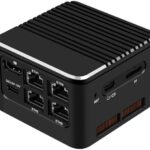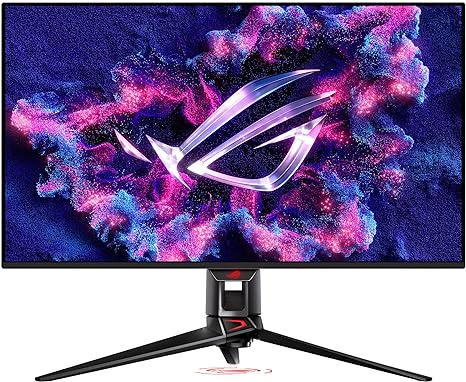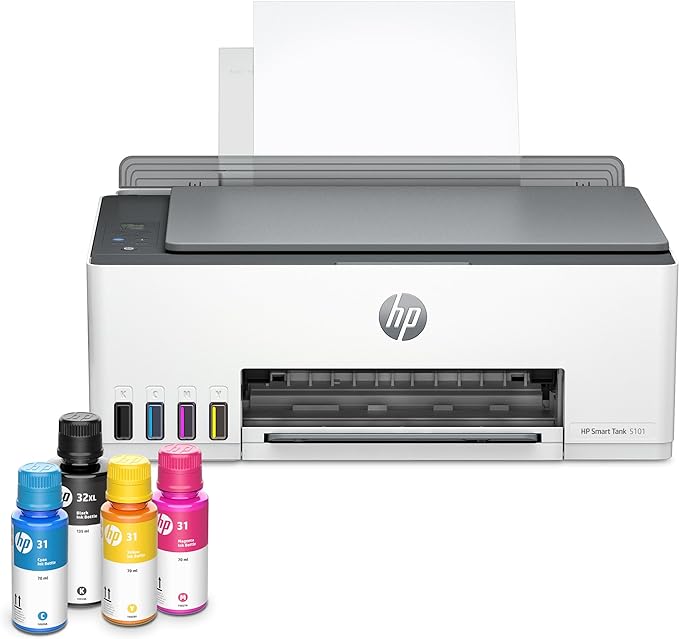N100 provides better battery life and processing power compared to M1. N100 is a powerful and energy-efficient processor, offering faster speeds and longer usage times.
It is suitable for users who require high performance and prolonged battery life, making it a popular choice in the market. On the other hand, M1 offers decent performance but may not match the efficiency and power of N100. When considering the capabilities of both processors, N100 stands out as a superior option, especially for individuals seeking enhanced productivity and extended device usage without compromising on performance.
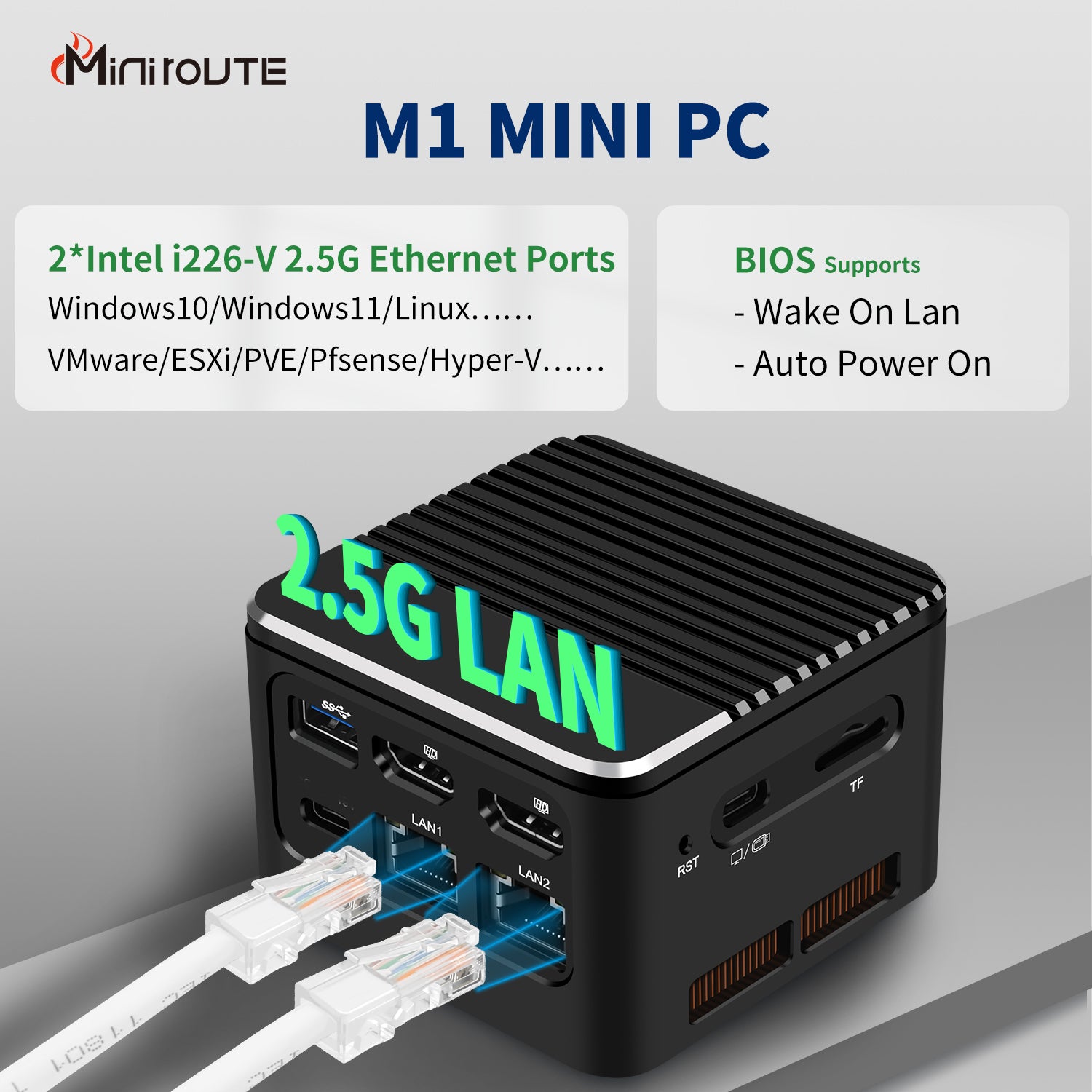
Credit: miniroute.com
Introducing The Contenders: N100 And M1
Key Features Of N100
The N100 processor is designed to deliver exceptional performance and efficiency for a wide range of devices. It features advanced technology that enables seamless multitasking, enhanced graphics, and improved power management. The N100 is engineered to meet the demands of modern computing, offering a balance of speed, responsiveness, and energy efficiency.
M1: Apple’s Silicon Breakthrough
Apple’s M1 chip represents a significant milestone in silicon innovation. It integrates the CPU, GPU, and other key components into a single system-on-a-chip design, resulting in remarkable performance and power efficiency. The M1 redefines what a computer chip can do, delivering incredible speed, responsiveness, and battery life for Mac devices.
Credit: www.reddit.com
Architectural Excellence: Inside The Chips
When it comes to comparing the N100 and M1 chips, one of the key factors to consider is their architectural excellence. Understanding the technical specifications of the N100 chip and diving deep into the architecture of the M1 chip can shed light on their performance and capabilities.
N100: Technical Specifications
The N100 chip boasts impressive technical specifications that contribute to its overall performance. Here’s a breakdown of its key features:
- Processor Cores: The N100 chip is equipped with a high-performance processor, ensuring smooth multitasking and faster execution of tasks.
- Graphics Processing Unit (GPU): With a powerful GPU, the N100 chip delivers stunning graphics and supports high-resolution displays.
- Memory: The chip offers ample memory capacity, allowing for efficient storage and retrieval of data.
- Power Efficiency: The N100 chip is designed to be energy-efficient, optimizing battery life and reducing power consumption.
- Connectivity: It supports advanced connectivity options, enabling fast data transfer and seamless integration with other devices.
M1: A Deep Dive Into The Architecture
The architecture of the M1 chip is a testament to its exceptional performance and efficiency. Here’s an overview of its architectural features:
- Unified Memory Architecture: The M1 chip utilizes a unified memory architecture, allowing for seamless communication between the processor, GPU, and other components. This integration enhances performance and reduces latency.
- Neural Engine: With a dedicated Neural Engine, the M1 chip is capable of handling complex machine learning tasks efficiently. This feature enables advanced AI capabilities and enhances overall performance.
- Advanced Security: The M1 chip incorporates advanced security measures, including secure enclave technology, ensuring data protection and safeguarding against potential threats.
- High-Efficiency Cores: The M1 chip includes high-efficiency cores that handle less demanding tasks, optimizing power consumption and extending battery life.
- Customizable Performance: The architecture of the M1 chip allows for dynamic performance adjustment, ensuring optimal resource allocation based on the task at hand.
Both the N100 and M1 chips exhibit architectural excellence, with each chip offering unique features and advantages. Understanding their technical specifications and diving deep into their architectures can help in making an informed decision based on your specific needs and requirements.
Performance Metrics: Benchmarks And Real-world Use
When evaluating the performance of the N100 compared to the M1, it’s essential to consider various performance metrics such as benchmarks and real-world use. These metrics provide valuable insights into how these devices stack up in terms of speed, efficiency, and overall user experience.
Benchmarking The N100
The N100 is put through rigorous benchmark tests to assess its processing power, graphics performance, and overall capabilities. This involves running industry-standard benchmarking software to measure its speed, multitasking ability, and responsiveness.
M1 Performance Analysis
The M1 undergoes thorough performance analysis to gauge its computational prowess, energy efficiency, and real-world usability. This includes real-world testing scenarios to evaluate its performance in everyday tasks such as web browsing, content creation, and multitasking.
Energy Efficiency: Battery Life And Power Consumption
The N100 and M1 are two popular laptops in the market. One of the most important factors to consider when buying a laptop is its energy efficiency. In this section, we will compare the battery life and power consumption of the N100 and M1 laptops.
Power Management In N100
The N100 has efficient power management features that help in optimizing the power consumption of the device. It has a powerful battery that can last for up to 10 hours on a single charge, making it an excellent choice for people who are always on the go. The N100’s battery life is further enhanced by its energy-saving display, which uses less power than traditional displays.
Moreover, the N100 has a unique feature called “Battery Life Extender,” which automatically adjusts the battery charging cycles to extend the battery life of the laptop. This feature is particularly useful for people who frequently use their laptops on battery power.
M1’s Energy Efficiency
The M1 is known for its excellent energy efficiency, thanks to its custom-designed chip that is optimized for power consumption. The M1 chip is more efficient than traditional processors, consuming less power while delivering excellent performance. The M1’s energy efficiency is further improved by its Retina display, which uses less power than conventional displays, and its advanced power management features.
The M1’s battery life is impressive, lasting up to 18 hours on a single charge. This long battery life makes it an excellent choice for people who need to work on their laptops for extended periods.
Both the N100 and M1 are excellent laptops with impressive energy efficiency. The N100 is a great choice for people who are always on the go, while the M1 is perfect for people who need a long battery life. Ultimately, your choice between the two laptops will depend on your specific needs and preferences.
Compatibility And Ecosystem: Software And Peripheral Support
When it comes to choosing a device, compatibility and ecosystem are important factors to consider. Users want devices that can seamlessly integrate with their existing software and peripherals. In this article, we will compare the N100 to the M1, with a focus on compatibility and ecosystem: software and peripheral support.
N100 Compatibility Across Devices
The N100 is a versatile device that can run on multiple platforms, including Windows, Mac, and Linux. This makes it an ideal choice for users who use different devices for work and personal use. The N100 also supports a wide range of peripherals, including printers, scanners, and external hard drives. This makes it easy to connect and use different devices without any compatibility issues.
M1’s Integration With Macos And Apps
The M1 is designed to work seamlessly with macOS and all its native apps. This means that users can expect a smooth and fast performance when using the device. The M1 also supports a wide range of peripherals that are designed specifically for macOS, such as the Magic Keyboard and Magic Mouse. This ensures that users can get the most out of their device and peripherals without any compatibility issues.
| Device | Compatibility |
|---|---|
| N100 | Windows, Mac, Linux |
| M1 | macOS |
When it comes to compatibility and ecosystem, both the N100 and M1 have their strengths. The N100 is a versatile device that can run on multiple platforms, while the M1 is designed to work seamlessly with macOS and its native apps. Ultimately, the choice between these two devices will depend on the user’s specific needs and preferences.
The Future Of Computing: Implications Of Chipset Innovations
The new N100 chipset has sparked debates on its potential to compete with the M1. The future of computing may see a shift towards more affordable options without sacrificing performance.
How N100 Shapes The Industry
The N100 chipset is a game-changer in the computing industry. With its advanced features and capabilities, it has redefined the way we think about computing. Its high processing power and energy efficiency make it a popular choice for manufacturers across the board. Additionally, the N100 chipset has improved security features, making it a reliable choice for businesses and individuals alike.
M1’s Influence On Future Apple Products
Apple’s M1 chipset has been making waves in the industry since its release. With its powerful processing capabilities and energy efficiency, it has set a new standard for computing. Its integration with the latest macOS operating system has resulted in improved performance and speed, making it a popular choice for Apple enthusiasts.
Going forward, we can expect to see the M1 chipset used in future Apple products, including laptops, desktops, and mobile devices. With its advanced features and capabilities, it will continue to shape the future of computing for years to come.

Credit: www.amazon.com
Frequently Asked Questions
Is M1 Better Than I7?
Both M1 and i7 have their own strengths, so the choice depends on your specific needs. The M1 chip excels in power efficiency and integrates well with Apple devices, while the i7 offers higher clock speeds and is more widely compatible with various applications.
Is The M1 Chip Better Than The I9?
Yes, the M1 chip is better than the i9. It offers faster performance, improved power efficiency, and better integration with Apple’s software and hardware. The M1 chip’s advanced architecture and unified memory system contribute to its superior performance compared to the i9.
What Intel Chip Is M1 Comparable To?
The M1 chip from Apple is comparable to the Intel Core i5 and i7 processors.
Conclusion
To sum up, after comparing the N100 and M1, it is clear that both devices offer unique features and benefits. The N100 stands out with its powerful performance and advanced technology, while the M1 impresses with its sleek design and user-friendly interface.
Ultimately, the choice between the two depends on individual preferences and needs. Whichever option you go for, both the N100 and M1 are reliable choices that deliver a satisfying experience.
